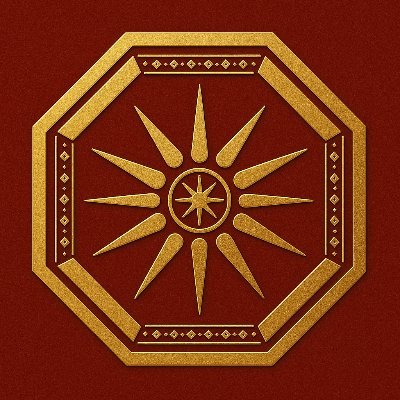
𝔐𝔞𝔠𝔢𝔡𝔬𝔫𝔦𝔠𝔬𝔫
@Macedonicon
Followers
668
Following
2K
Media
225
Statuses
702
"The national poetry of the existing Slavonic nations, more nearly approaches that of the Homeric Greeks than does that of any other families of mankind. The Sanskrit metres are in the same category as the Slavonic." - Robert Gordon Latham, 'The Ethnology of Europe' (1852)
2
11
30
RT @YugoslavVisuals: Ilinden Memorial, also known as ‘Makedonium’, in Kruševo, Macedonia. Photo by Donald Niebyl.
0
117
0




















